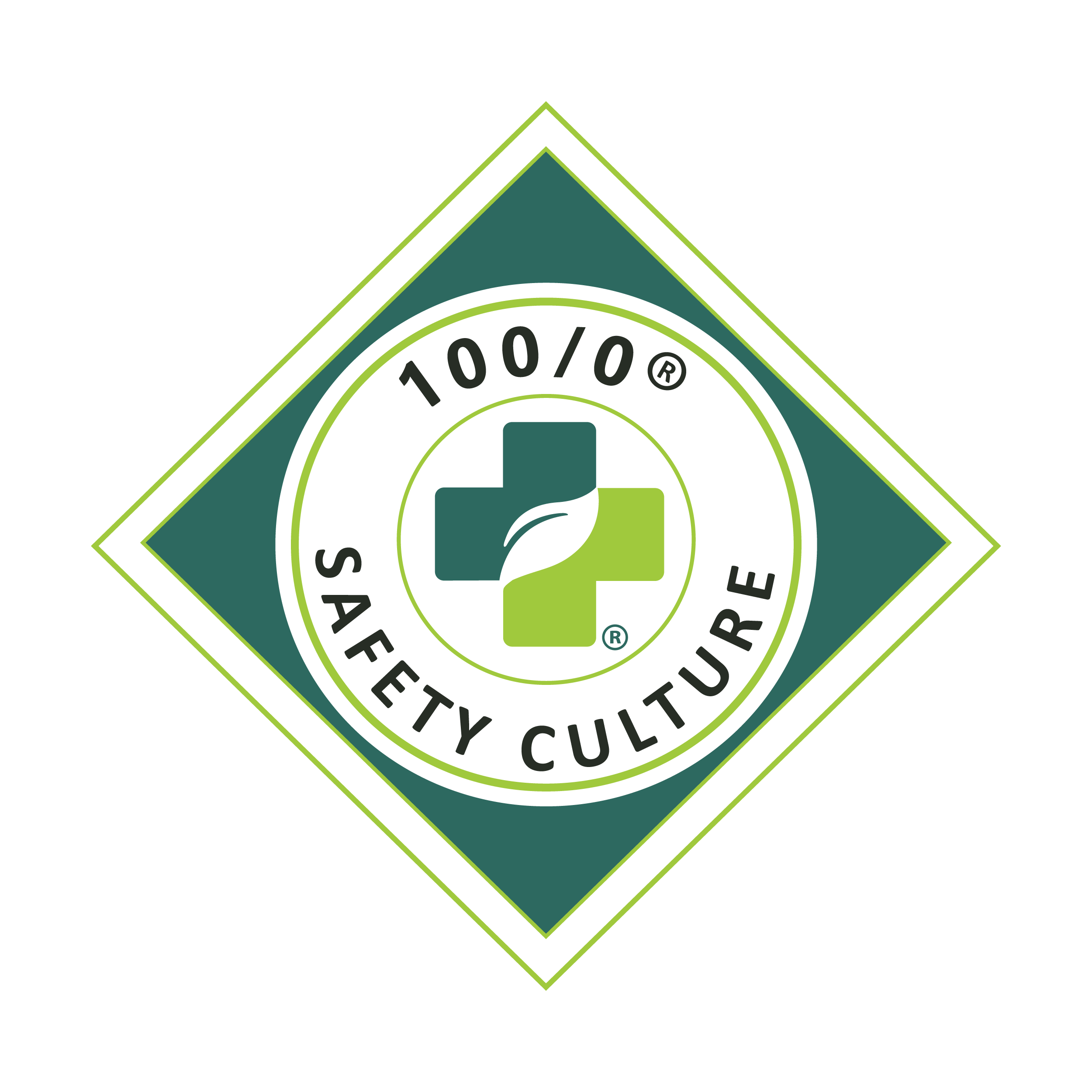Policy Writing
Custom Safety Programs
Investing in a safety program provides your business with a much needed security blanket and a competitive edge. Regardless of your industry or trade, whether you need to create a brand new safety program from scratch or just update your current safety manual to address new requirements, our experienced safety professionals will collaborate with you to develop the exact health and safety program you want. Our safety professionals constantly seek your input as they draft detailed standards, policies and procedures, as well as a plan for implementation.
Who is required to provide a Written Safety program?
OSHA requires that EVERY COMPANY provide a written safety program that outlines the acceptable procedures and cautions of their workplace. In addition to the general safety outlines, you must provide a program for any site-specific hazards.
Custom Safety Programs
Investing in a safety program provides your business with a much needed security blanket and a competitive edge. Regardless of your industry or trade, whether you need to create a brand new safety program from scratch or just update your current safety manual to address new requirements, our experienced safety professionals will collaborate with you to develop the exact health and safety program you want. Our safety professionals constantly seek your input as they draft detailed standards, policies and procedures, as well as a plan for implementation.
Industry Leading Expertise
Increased regulations and enforcement, EHSS offers much needed assurance that you are getting the very best and most knowledgeable safety professionals available. Each and every business is unique with different safety concerns and needs. This is why we are confident that you will be 100% satisfied with our customized approach to written safety programs.
Modifying Existing Programs
EHSS can evaluate and refine your company’s existing policies and procedures to ensure compliance. Allow one of our safety professionals, who formally wrote policies that passed the third-party auditors, tailor your company’s current information.
Ready to get started?
Contact us today. We will be glad to assist with your written safety program.
